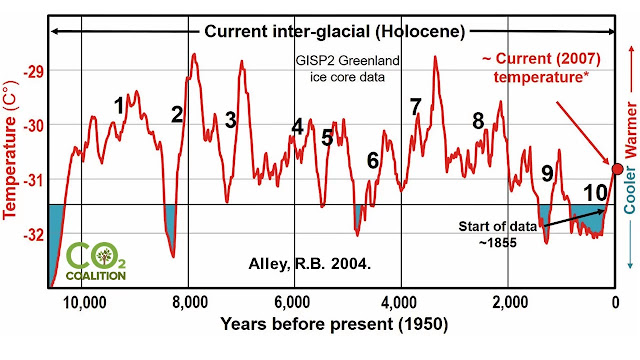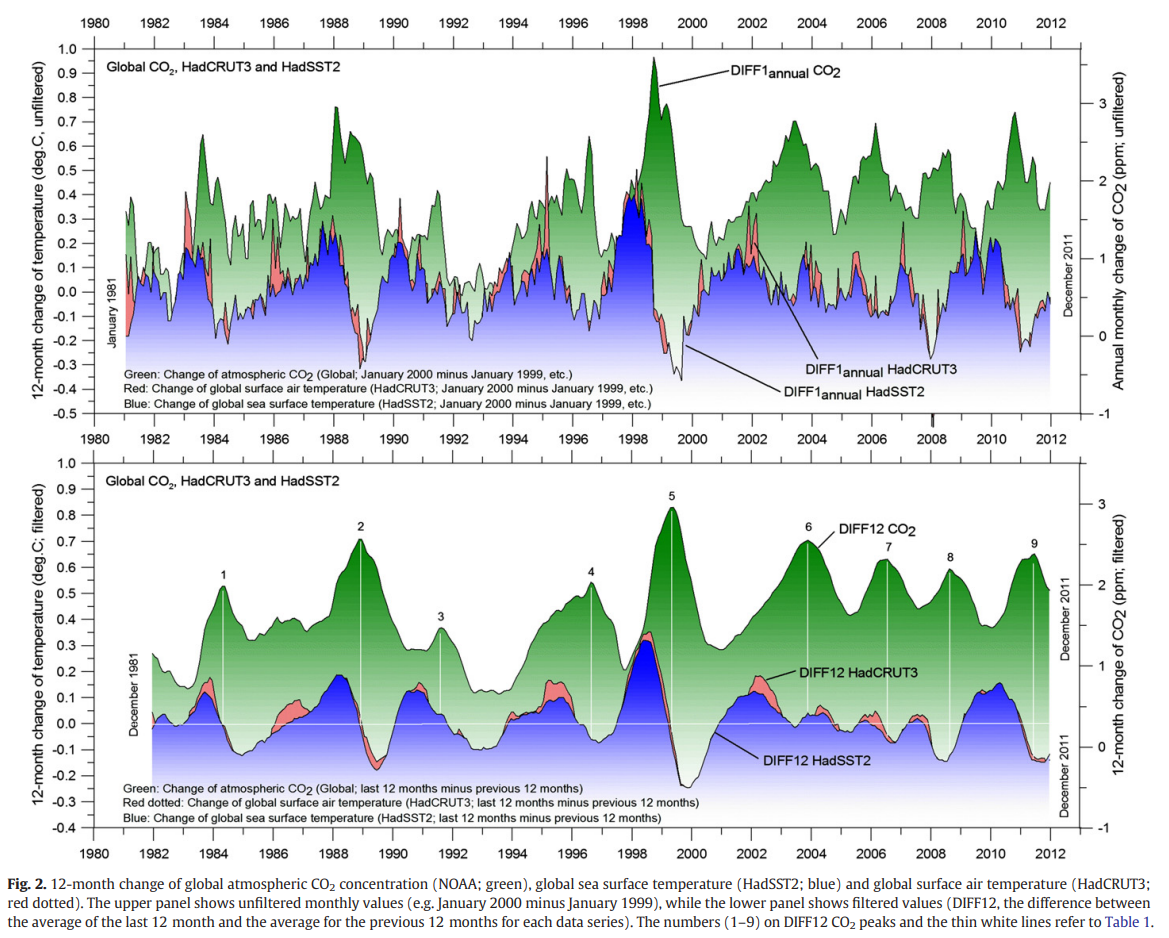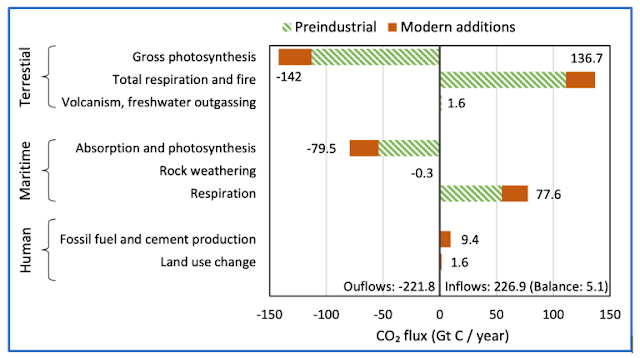Sniff Test Regarding Urbanization Biases

In another post , I covered some of the many reasons why scientists have concluded that urbanization biases are not responsible for any significant fraction of global warming. In order to avoid too much duplication with that post, I'll only briefly summarize the reasons: Homogenization Corrects Urbanization Bias. While cities are warmer than rural areas, they warm at about the same rate as rural areas. The bias is caused by urbanization. That is, as rural areas become more urban, they will warm at a faster rate than rural and urban areas. This bias is effectively removed by homogenization. Very Rural Stations Warm at Least as Rapidly as All Stations. Wickham et al 2013 compared the most rural land stations globally and compared them to all land stations. The study found that "very rural" stations were warming at least as rapidly as all stations. If urbanization biases were making a significant contribution to global warming, then the most rural stations would warm more sl...
.png)





%20(6).png)
.png)